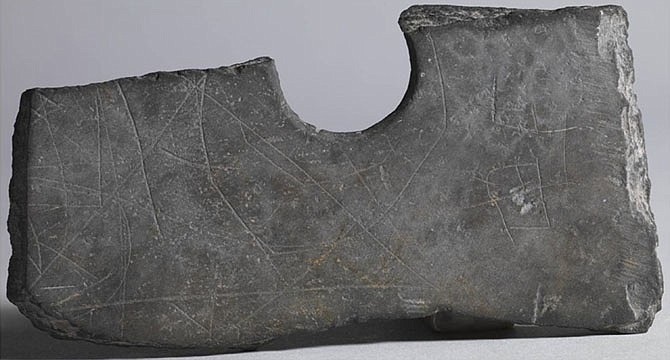BEIJING (AP) - Archaeologists say they have discovered some of the world's oldest known primitive writing, dating back about 5,000 years, in eastern China, and some of the markings etched on broken axes resemble a modern Chinese character.
The inscriptions on artifacts found at a relic site south of Shanghai are about 1,400 years older than the oldest written Chinese language. Chinese scholars are divided over whether the markings are words or something simpler, but they say the finding will shed light on the origins of Chinese language and culture.
The oldest writing in the world is believed to be from Mesopotamia, dating back slightly more than 5,000 years. Chinese characters are believed to have been developed independently.
Inscriptions were found on more than 200 pieces dug out from the Neolithic-era Liangzhu relic site. The pieces are among thousands of fragments of ceramic, stone, jade, wood, ivory and bone excavated from the site between 2003 and 2006, lead archaeologist Xu Xinmin said.
The inscriptions have not been reviewed by experts outside the country, but a group of Chinese scholars on archaeology and ancient writing met last weekend in Zhejiang province to discuss the finding.
They agreed that the inscriptions are not enough to indicate a developed writing system, but Xu said they include evidence of words on two broken stone-ax pieces.
One of the pieces has six word-like shapes strung together to resemble a short sentence.
"They are different from the symbols we have seen in the past on artifacts," Xu said. "The shapes and the fact that they are in a sentence-like pattern indicate they are expressions of some meaning."

